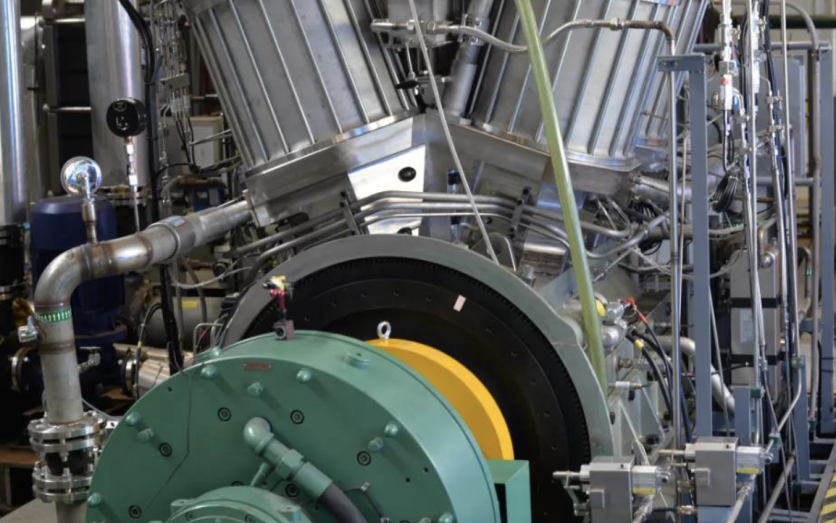China has revealed what it claims to be the world's inaugural microwave weapon cooled by a Stirling engine. This innovative high-power microwave (HPM) weapon, reportedly powered by four Stirling engines, has been successfully engineered by Chinese researchers.

Stirling engine high-power microwave weapon.
Revealing World's First Stirling Engine-Cooled Microwave Weapon
Chinese researchers have achieved a significant milestone by developing a high-power microwave (HPM) weapon enhanced with four Stirling engines. Renowned for their efficient cooling capabilities, these engines were deemed ideal for this weapon.
According to the developers, the innovative Stirling engine configuration enables the weapon to operate continuously for approximately four hours while consuming only one-fifth of the energy compared to other systems.
If confirmed, Interesting Engineering reported that this development would mark one of the earliest instances of openly reported HPM weapons utilizing Stirling engine technology.
The HPM boasts a sustained, steady-state magnetic field with a strength approximately 68,000 times greater than Earth's magnetic field, nearing half the strength generated by Europe's Large Hadron Collider (LHC).
The weapon system is designed to be mounted on a truck and exhibits significantly lower energy consumption for magnetic field generation compared to existing technologies.
Preliminary tests conducted by the project team revealed that it consumes just one-fifth of the energy required by current methods while maintaining continuous operation for up to four hours without power loss.
The weapon was collaboratively developed by the Northwest Institute of Nuclear Technology in Xian and the Institute of Electrical Engineering in Beijing.
Addressing Challenges
Superconducting magnets employ currents flowing through coils with zero resistance to produce magnetic fields. If the magnetic field lacks strength, it can compromise the quality of the electron beam emitted by the microwave weapon, limiting its long-distance reach.
To solve this challenge, Xu's research team utilized the latest superconducting tape for making the coils. This advanced material, known as REBCO, can operate with zero resistance at temperatures between 40 and 50 degrees above absolute zero.
It's crucial to note that this tape, developed by Shanghai Superconductor Technology, is the most efficient and cost-effective worldwide.
As published in the Chinese academic journal High Power Laser and Particle Beams, this research was led by electronic engineering scientist Xu Ce.
When combining this superconducting material with the Stirling engine, the team achieved a temperature of 48 degrees above absolute zero, resulting in a magnetic field exceeding four tesla.
Additionally, they observed a remarkable 80 percent reduction in overall energy consumption compared to traditional technology, as outlined in their paper.
Part of the success credited to Chinese scientists can be attributed to the repercussions of former US President Donald Trump's sanctions. South China Morning Post reported that China previously heavily depended on imports for second-generation high-temperature superconductors.
In 2017, the country's annual production capacity for this tape was minimal, and the quality of domestically produced materials lagged behind those from the West, particularly the United States.





